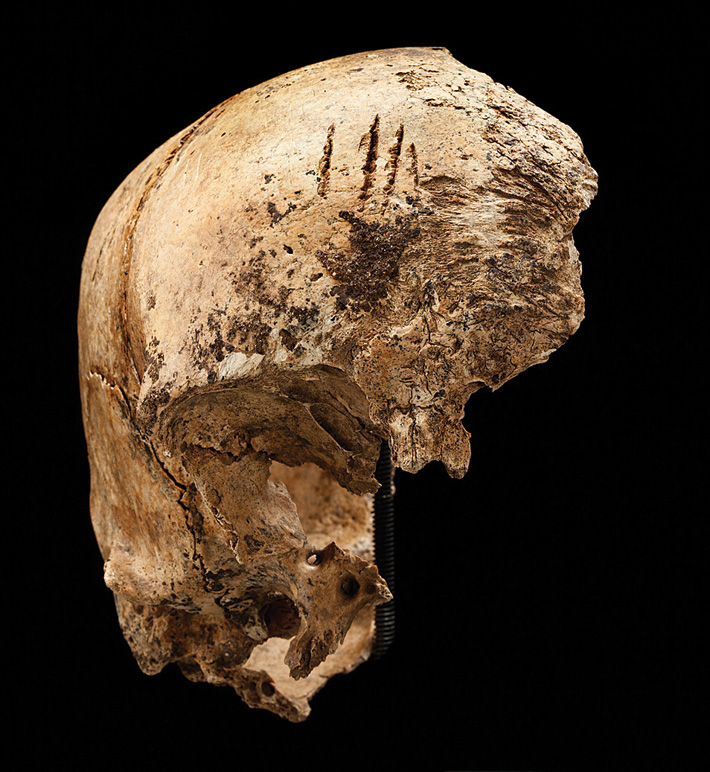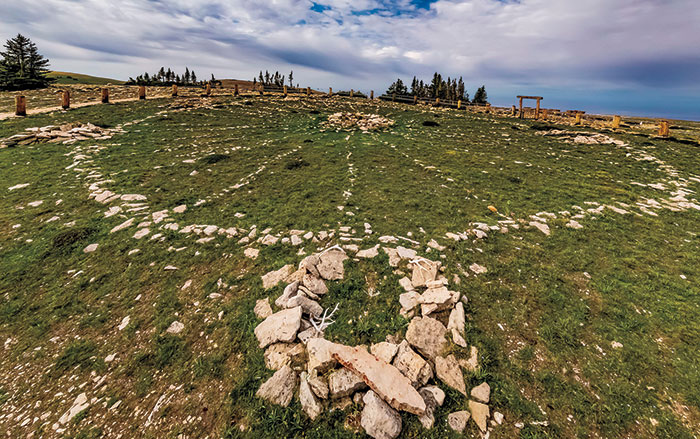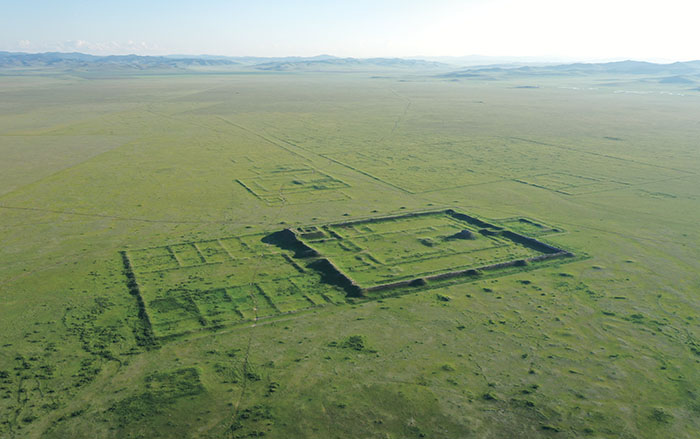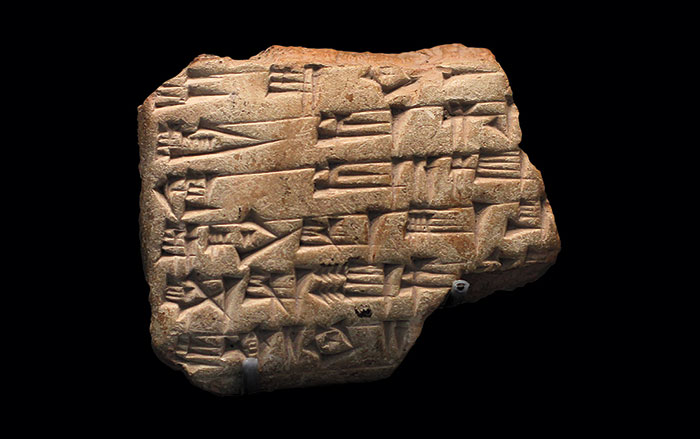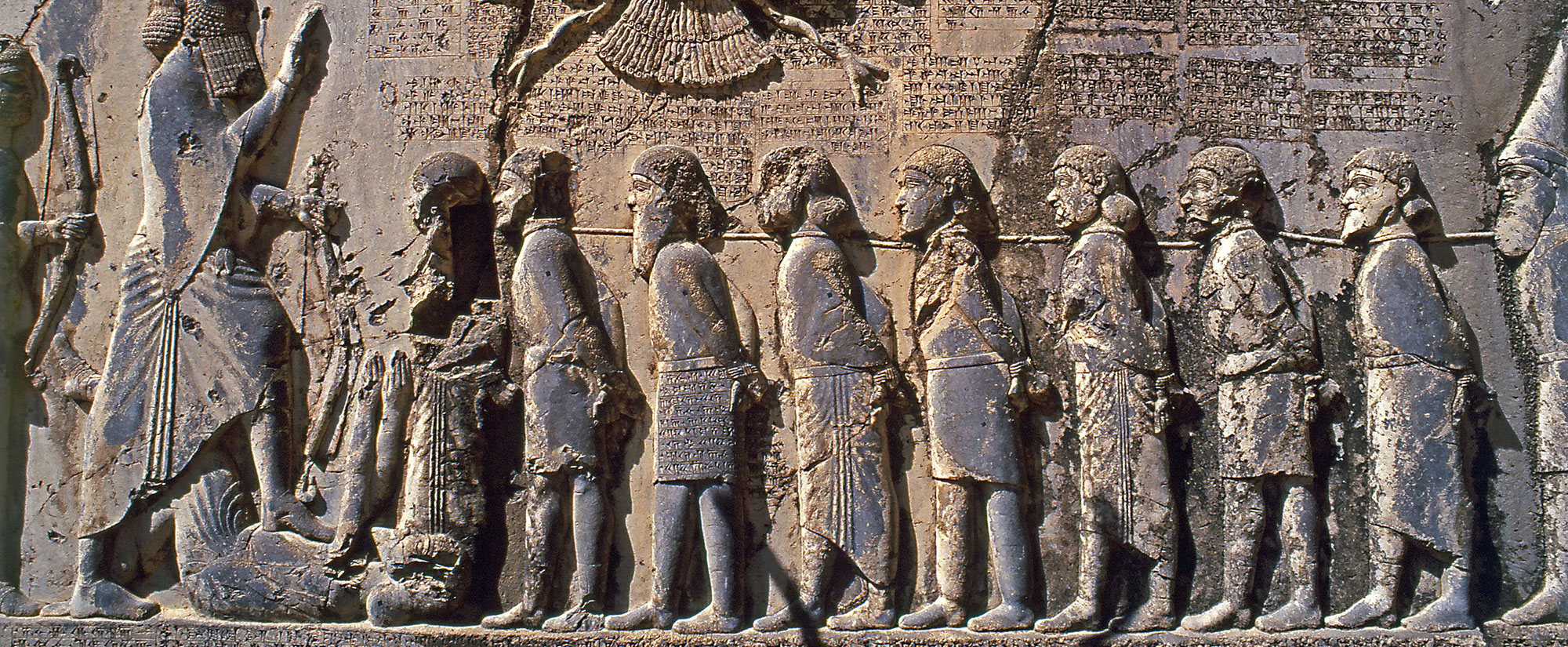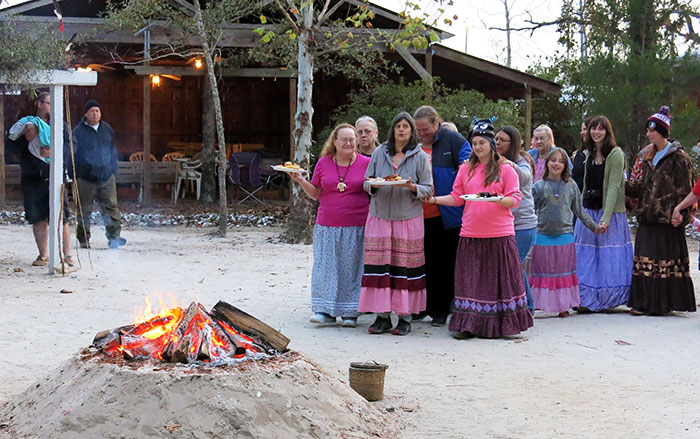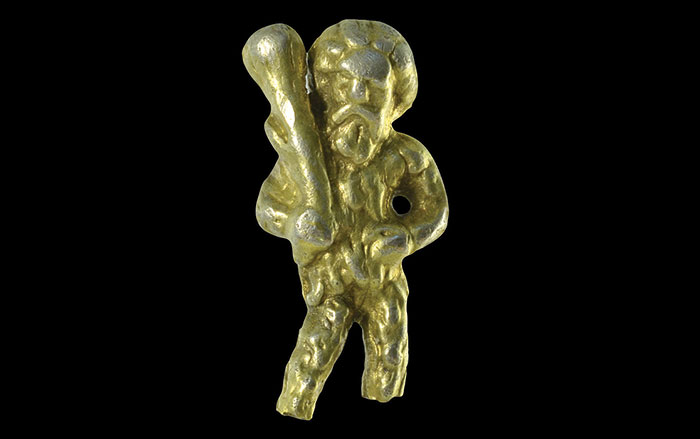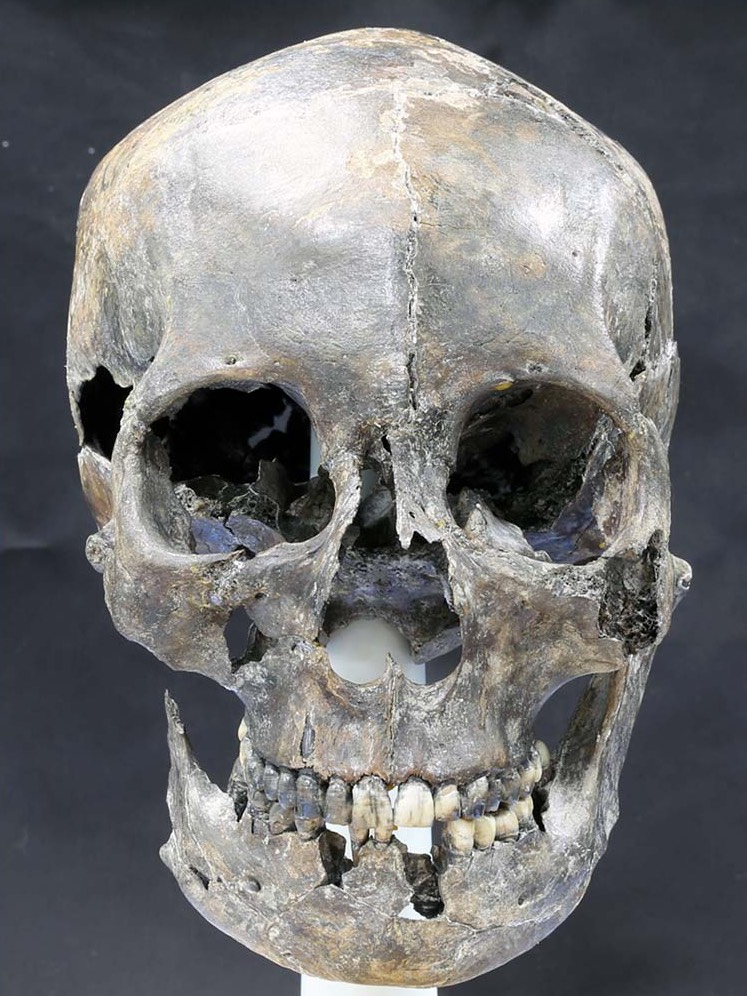
SEOUL, SOUTH KOREA—Scientists have studied a rare skeleton from the Silla culture, which ruled over part of the Korean Peninsula from 57 B.C. to A.D. 935. “The skeletons are not preserved well in the soil of Korea,” bioanthropologist Dong Hoon Shin of Seoul National University College of Medicine told Live Science. The skeleton, of a woman in her late 30s, was found in a traditional coffin that had been buried near the historic capital of the Silla Kingdom, Gyeongju. Analysis of her mitochondrial DNA suggests that she belonged to a genetic lineage that is present in East Asia today. Carbon isotopes in her bones indicate that she ate a vegetarian diet. The reconstruction of her facial features and head shape from skull fragments suggests that the woman had an elongated skull. Physical anthropologist Eun Jin Woo of Seoul National University thinks that the skull grew that way naturally, since it does not display the shape changes usually seen when heads are deliberately deformed. “In this regard, we think her head should be considered as normal variation in the group,” Woo said. For more, go to "Mysterious Golden Sacrifice."


